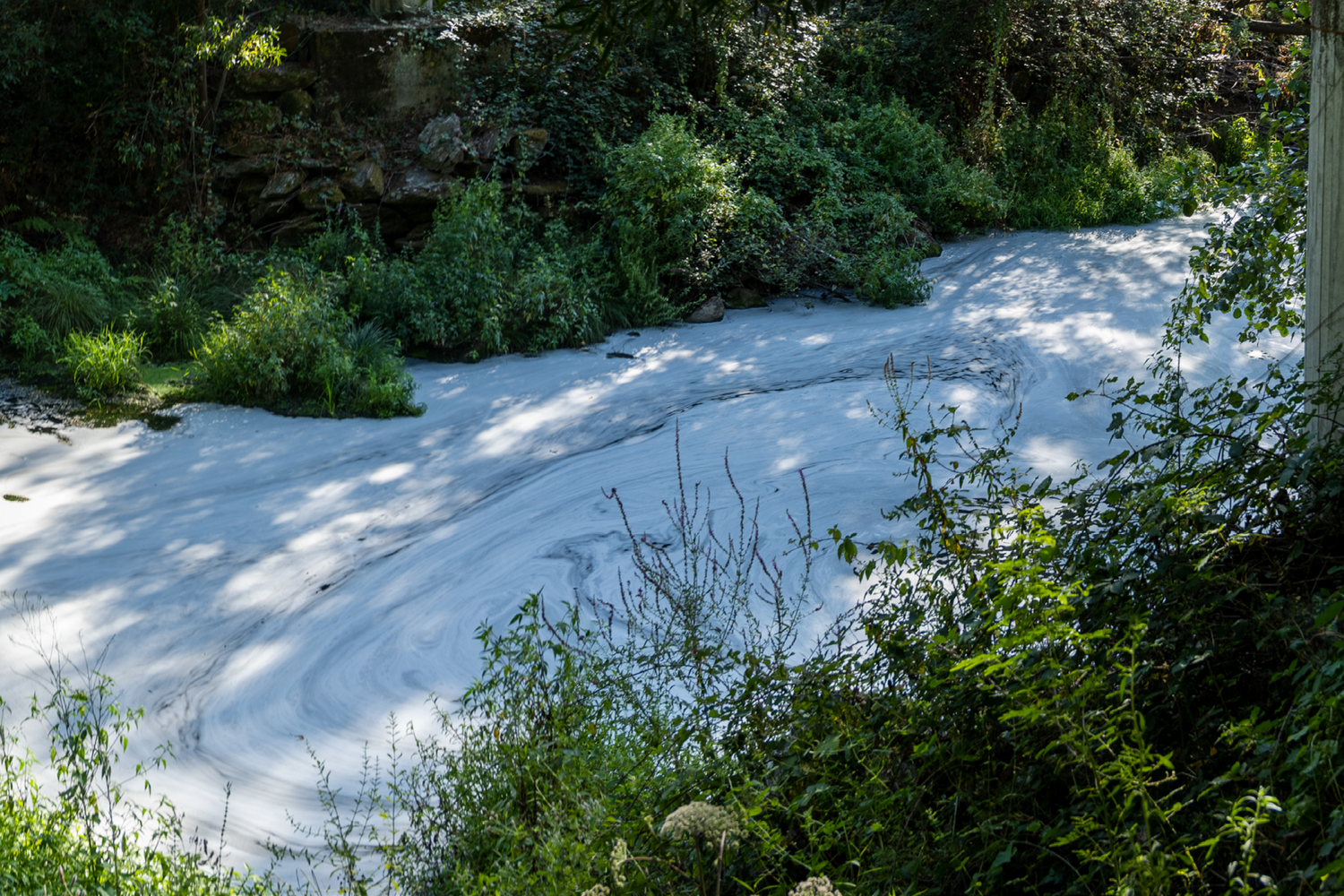It's important to us that just because we're a retailer, it doesn't mean we forget about what matters as a consumer. In fact, we do what we can to ensure that any visitors to our shop (online as well as the brick-and-mortar one) feel valued as individuals and that we appreciate them choosing us to spend their hard-earned time and money with.
We can't help but feel that we're in the minority with this behaviour though, and we find ourselves simultaneously rolling our eyes and shaking our heads when we see other skincare brands charge ridiculous amounts for products that don't warrant the price tag.
Not that long ago we read an article in a daily newspaper that really got us riled up. We're not going to name and shame anyone, instead we're going to try and educate anyone who cares to know a bit more about what goes on behind-the-scenes of your upmarket designer stores and the products that they sell.
Picture this... a fancy shop with an impressive street address. You're wandering through and see a range of pristine products glittering on their shelves that costs around $100 per product. Did you know that a minimum of 40% of all sales go into the pockets of the store owner? Did you also know that the product manufacturer also has to cover between $5 to $15 for that beautiful box?
Consider this... an advised business model looks like this; list all your costs as though it's a shopping list. Multiply those costs by 2.5 for wholesale and then take that figure and multiply it again by 2.5 for RRP.
If Brand XYZ has an $8 product plus packaging, it might cost you at the check out $50. If you've paid $125 for Brand ABC then the costing looks a little more like this; minus the reseller 40% = $50; minus the packaging = $50, and you're left with $25 for the brand manufacturer who wants to keep 33% in their pocket.
If they spend around $8.25 on marketing, manufacturing and materials, then this leaves about $4.25 real cost of the materials used to create the product that you the consumer actually uses and benefits from.
On the other side of this, let us now consider a business model that sells direct to consumers. We can remove the resellers margin and have packaging costs at around $3 per unit (it might not look glamorous but it does the job). Brand LMNOP uses the same high-end active materials and laboratory costs, so the consumer is treated to similar quality and effectiveness.
This no frills brand spends around $4.25 on materials and gives the laboratory $1 per unit to manufacture. They spend $3 on packaging and $1 per unit to market, and then have to multiply this figure by 4 to get the RRP (granted, this is higher than most small businesses but we're trying to present a fair comparison here). This means that you the consumer pay around $37 for that very similar pot of "miracle" cream, but you've managed to save a staggering $88!!
We work really hard to ensure that the products and services at Alix are equal to the larger more recognisable brands, but without the hefty price tag. We also spend quite a bit more on materials because most of our products don't just sit in 50% water, but that's a whole other topic that we'll tackle later.
So, there you have it. An insight into our world as a retailer and consumer. We hope you don't feel lectured, but we have always maintained that knowledge is power!
Until next time,
Sharon





